Unveiling the Mystique of Damascus Steel: A Blend of Art and Craftsmanship.
Damascus steel, a term that evokes images of ancient warriors and exquisite blades, remains a symbol of unparalleled craftsmanship and aesthetic beauty in the world of metallurgy. This legendary material, known for its distinctive patterns of banding and mottling reminiscent of flowing water, has fascinated blacksmiths, collectors, and historians alike for centuries. In this article, we delve into the history, making, characteristics, and modern applications of Damascus steel, unraveling the mystique that surrounds this ancient art form.
Historical Origins:
The origins of Damascus steel can be traced back to between 300 and 500 AD, with its name derived from the city of Damascus, a major trading hub in ancient times. Initially, it was famed for its use in making swords and other weapons, celebrated not only for their beauty but also for their exceptional strength, resilience, and ability to hold a keen edge. The technique to create Damascus steel was considered a closely guarded secret, known to a select few master blacksmiths in the Middle East and South Asia.
The Making of Damascus Steel:
Traditional Damascus steel, also known as Wootz steel, was made from a type of steel ingot containing specific impurities that contributed to its unique pattern. The ingots were heated and forged, allowing carbon nanotubes and carbide particles to form within the iron, creating the characteristic patterns and exceptional qualities of the steel. The precise original manufacturing methods have been lost over time, leading to much speculation and research by modern metallurgists attempting to recreate the legendary material.
Characteristics and Appeal:
What sets Damascus steel apart are its distinctive aesthetic qualities and physical properties. The patterns seen on Damascus blades are not merely superficial but are actually present throughout the steel. These patterns can vary widely, from tight, intricate loops and whorls to bold, sweeping strokes, depending on the forging process and the metals used. Beyond its beauty, Damascus steel is prized for its combination of hardness and flexibility, making it an ideal material for edged weapons and tools.
Modern Damascus Steel:
Today, what is commonly referred to as Damascus steel is often produced by a method known as pattern welding. Layers of different types of steel are welded together, then folded, twisted, and manipulated to create patterns. While modern Damascus may not replicate the exact properties of ancient Wootz steel, it still requires significant skill to produce and offers both beauty and functionality. Modern applications extend beyond traditional blades to include kitchen knives, watch components, and even jewelry, demonstrating the material’s versatility and enduring appeal.
Conclusion;
Damascus steel continues to captivate with its unique blend of artistry and engineering. Its rich history, combined with the skill and creativity of modern blacksmiths, ensures that the allure of Damascus steel remains undiminished. Whether viewed as a link to the past or as a material with contemporary relevance, Damascus steel stands as a testament to human ingenuity and the endless quest for perfection in the craft of metallurgy.
Through understanding the essence of Damascus steel, we gain not only insight into a material that has shaped history but also an appreciation for the enduring legacy of craftsmanship that it represents. As technology advances, the spirit of innovation that defines Damascus steel continues to inspire artisans and craftsmen around the world, bridging the gap between ancient tradition and modern artistry.
Damascus steel, a term that evokes images of ancient warriors and exquisite blades, remains a symbol of unparalleled craftsmanship and aesthetic beauty in the world of metallurgy. This legendary material, known for its distinctive patterns of banding and mottling reminiscent of flowing water, has fascinated blacksmiths, collectors, and historians alike for centuries. In this article, we delve into the history, making, characteristics, and modern applications of Damascus steel, unraveling the mystique that surrounds this ancient art form.
Historical Origins:
The origins of Damascus steel can be traced back to between 300 and 500 AD, with its name derived from the city of Damascus, a major trading hub in ancient times. Initially, it was famed for its use in making swords and other weapons, celebrated not only for their beauty but also for their exceptional strength, resilience, and ability to hold a keen edge. The technique to create Damascus steel was considered a closely guarded secret, known to a select few master blacksmiths in the Middle East and South Asia.
The Making of Damascus Steel:
Traditional Damascus steel, also known as Wootz steel, was made from a type of steel ingot containing specific impurities that contributed to its unique pattern. The ingots were heated and forged, allowing carbon nanotubes and carbide particles to form within the iron, creating the characteristic patterns and exceptional qualities of the steel. The precise original manufacturing methods have been lost over time, leading to much speculation and research by modern metallurgists attempting to recreate the legendary material.
Characteristics and Appeal:
What sets Damascus steel apart are its distinctive aesthetic qualities and physical properties. The patterns seen on Damascus blades are not merely superficial but are actually present throughout the steel. These patterns can vary widely, from tight, intricate loops and whorls to bold, sweeping strokes, depending on the forging process and the metals used. Beyond its beauty, Damascus steel is prized for its combination of hardness and flexibility, making it an ideal material for edged weapons and tools.
Modern Damascus Steel:
Today, what is commonly referred to as Damascus steel is often produced by a method known as pattern welding. Layers of different types of steel are welded together, then folded, twisted, and manipulated to create patterns. While modern Damascus may not replicate the exact properties of ancient Wootz steel, it still requires significant skill to produce and offers both beauty and functionality. Modern applications extend beyond traditional blades to include kitchen knives, watch components, and even jewelry, demonstrating the material’s versatility and enduring appeal.
Conclusion;
Damascus steel continues to captivate with its unique blend of artistry and engineering. Its rich history, combined with the skill and creativity of modern blacksmiths, ensures that the allure of Damascus steel remains undiminished. Whether viewed as a link to the past or as a material with contemporary relevance, Damascus steel stands as a testament to human ingenuity and the endless quest for perfection in the craft of metallurgy.
Through understanding the essence of Damascus steel, we gain not only insight into a material that has shaped history but also an appreciation for the enduring legacy of craftsmanship that it represents. As technology advances, the spirit of innovation that defines Damascus steel continues to inspire artisans and craftsmen around the world, bridging the gap between ancient tradition and modern artistry.






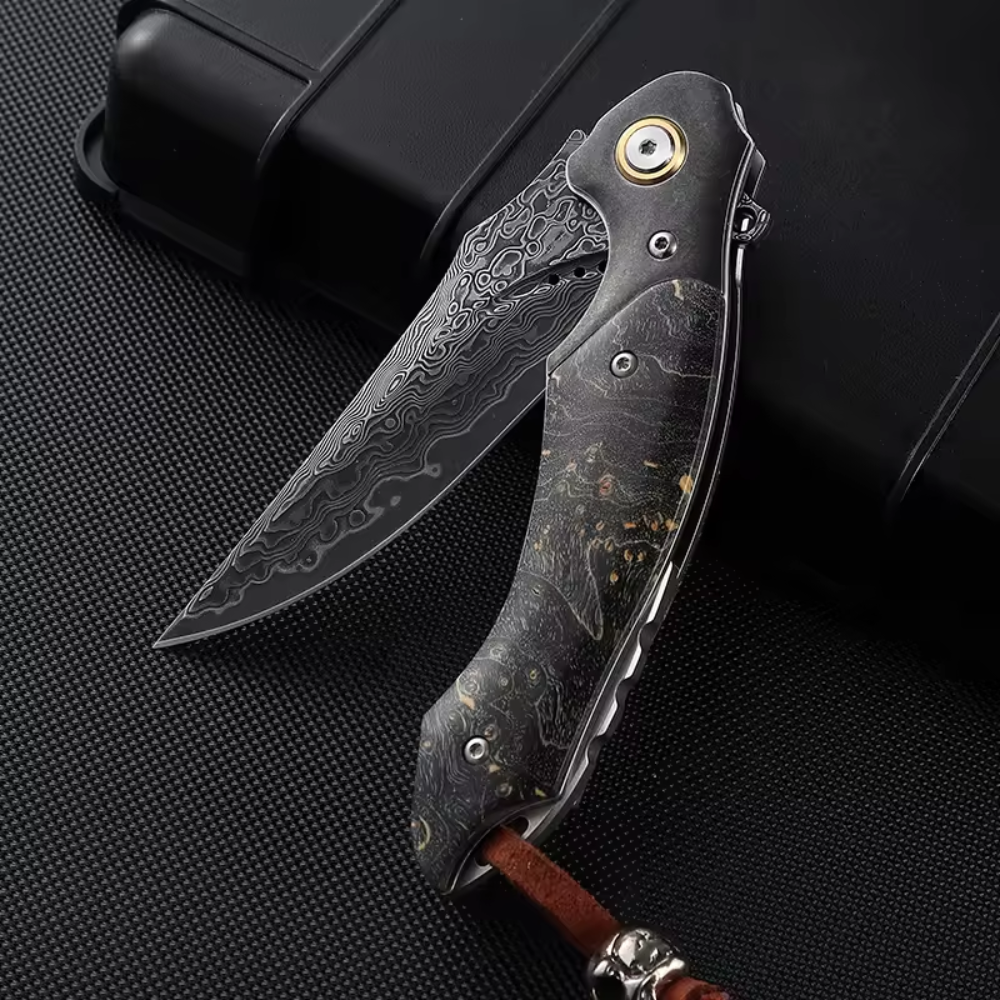
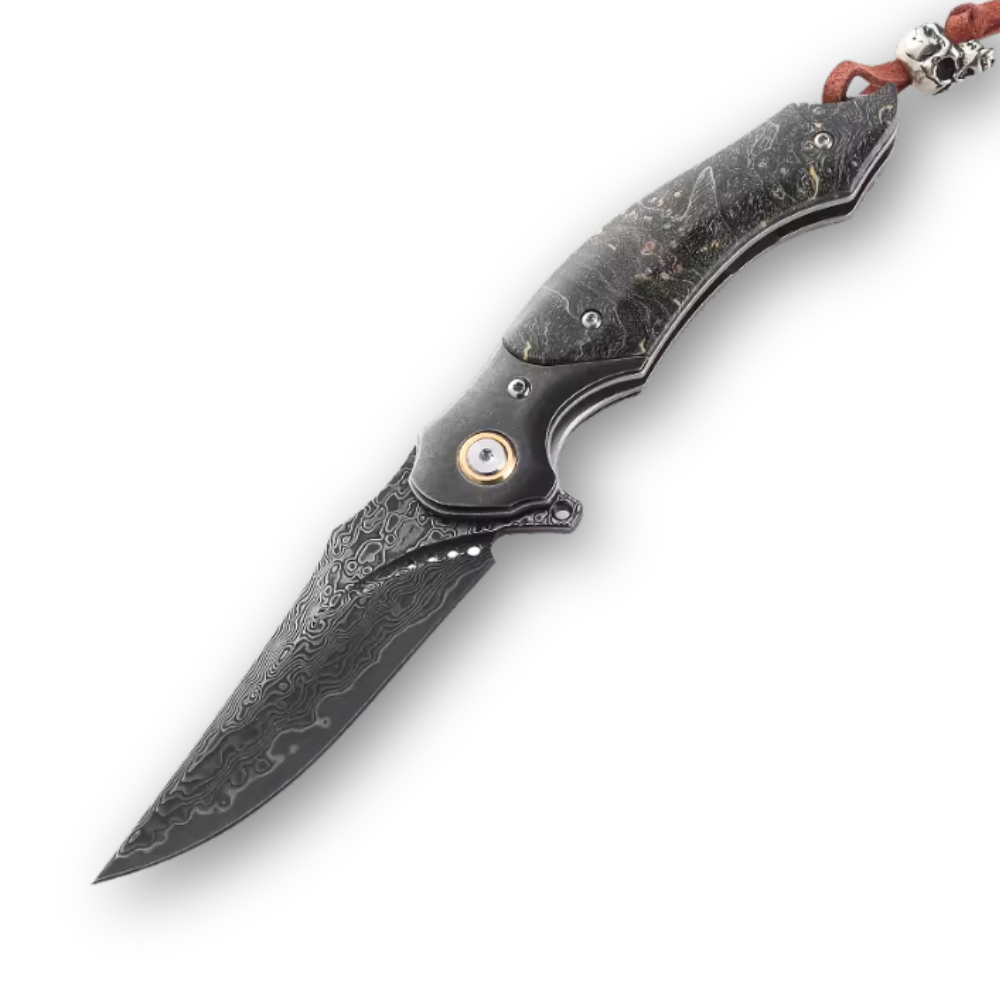
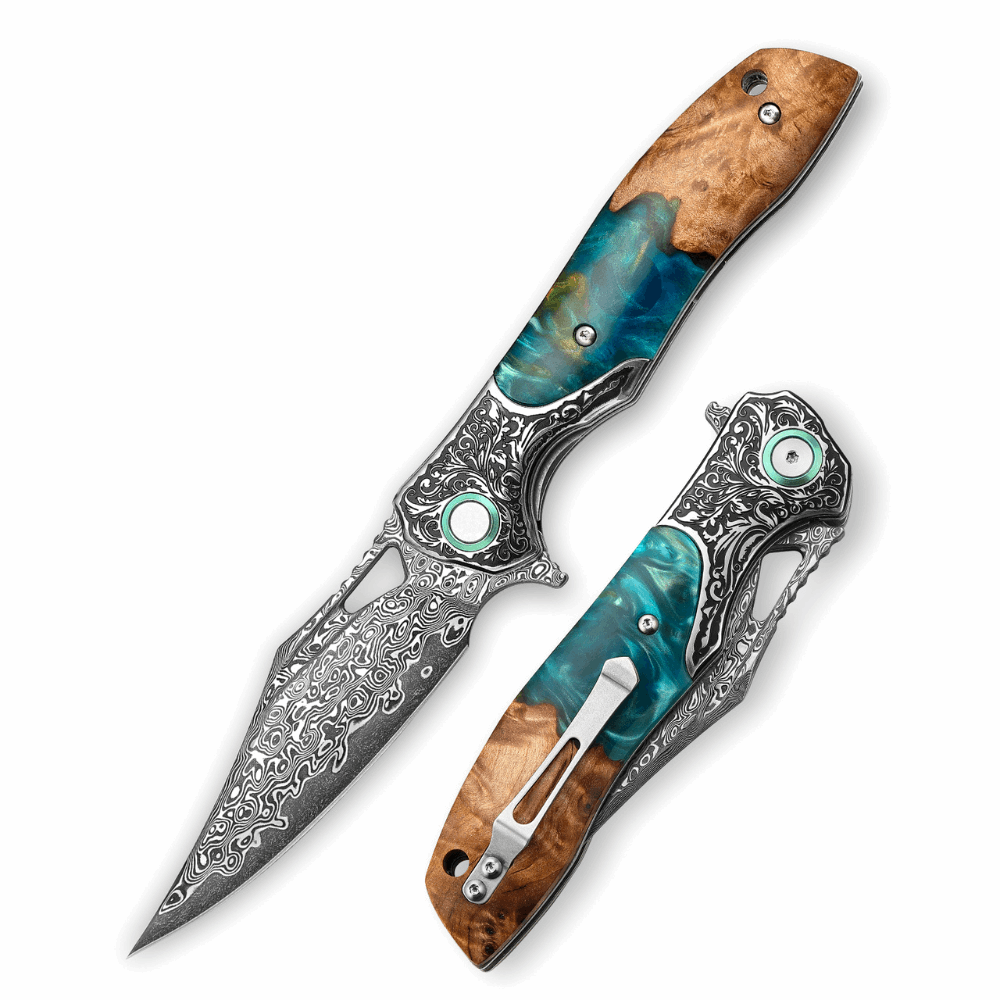
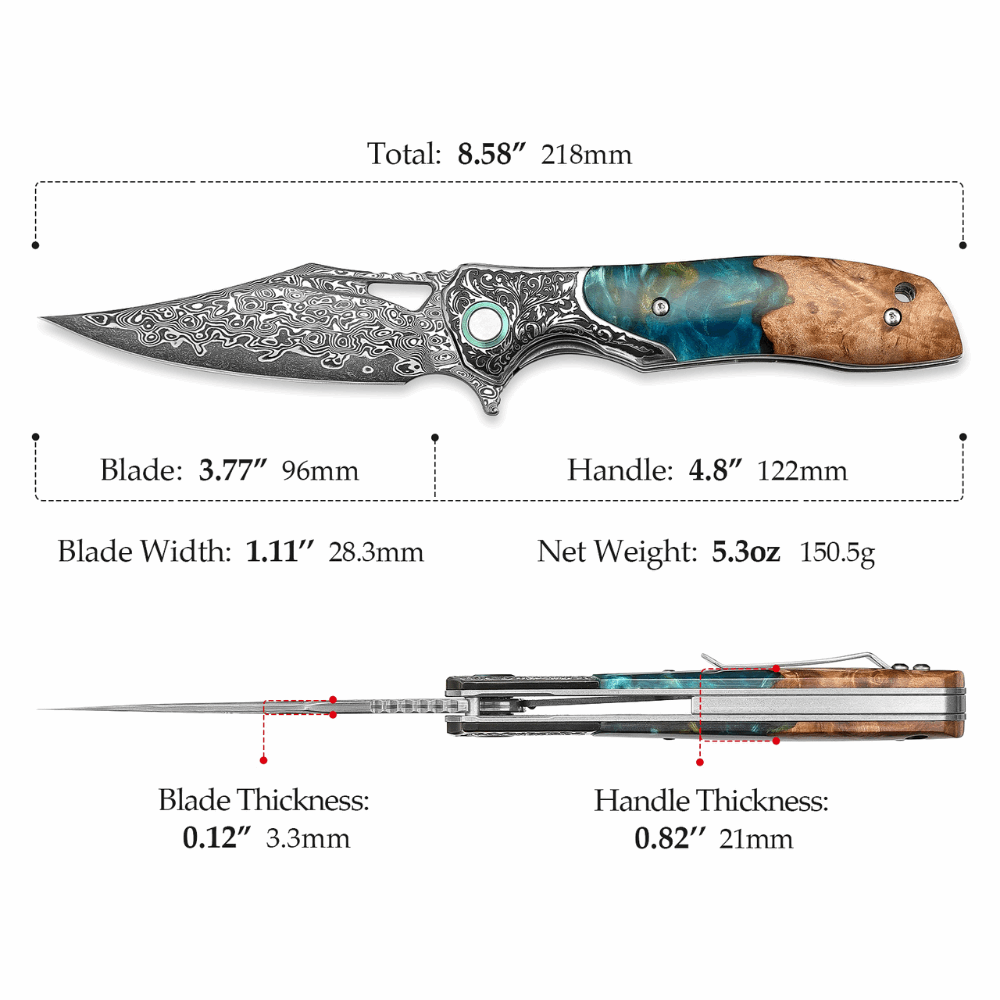
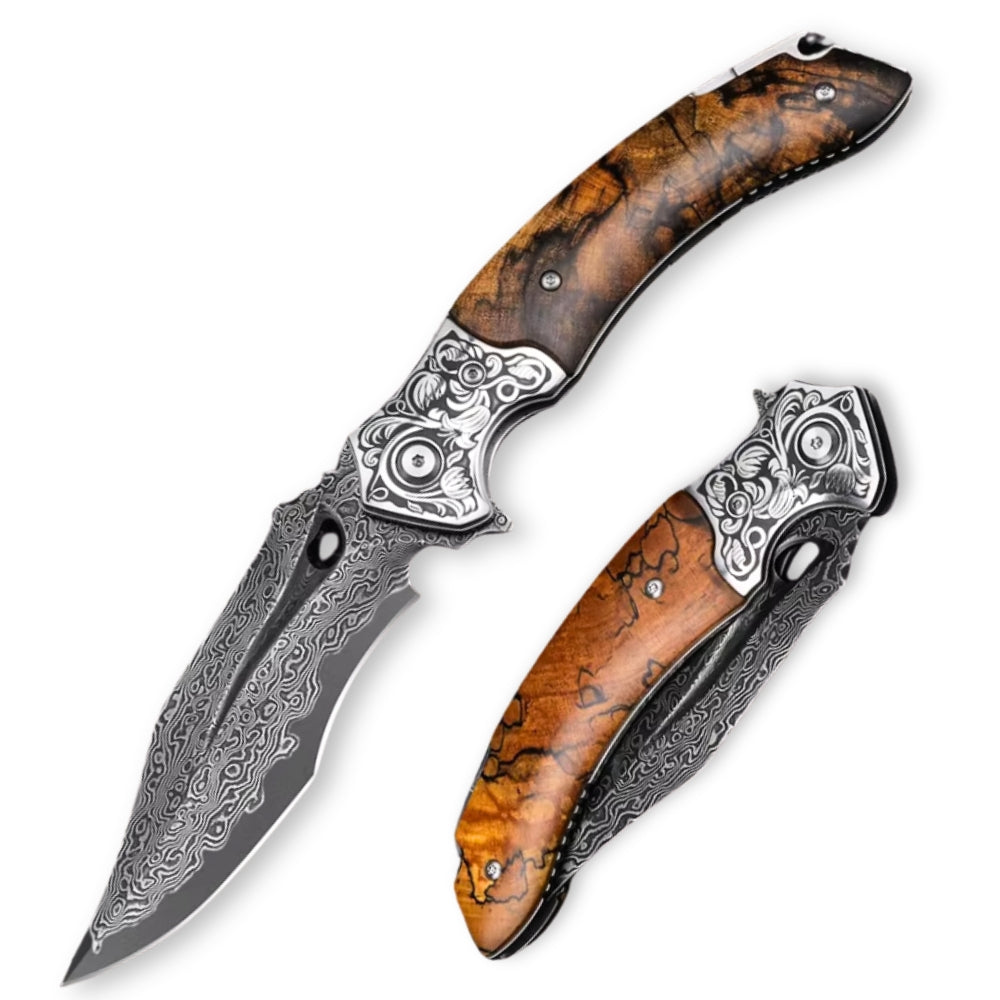
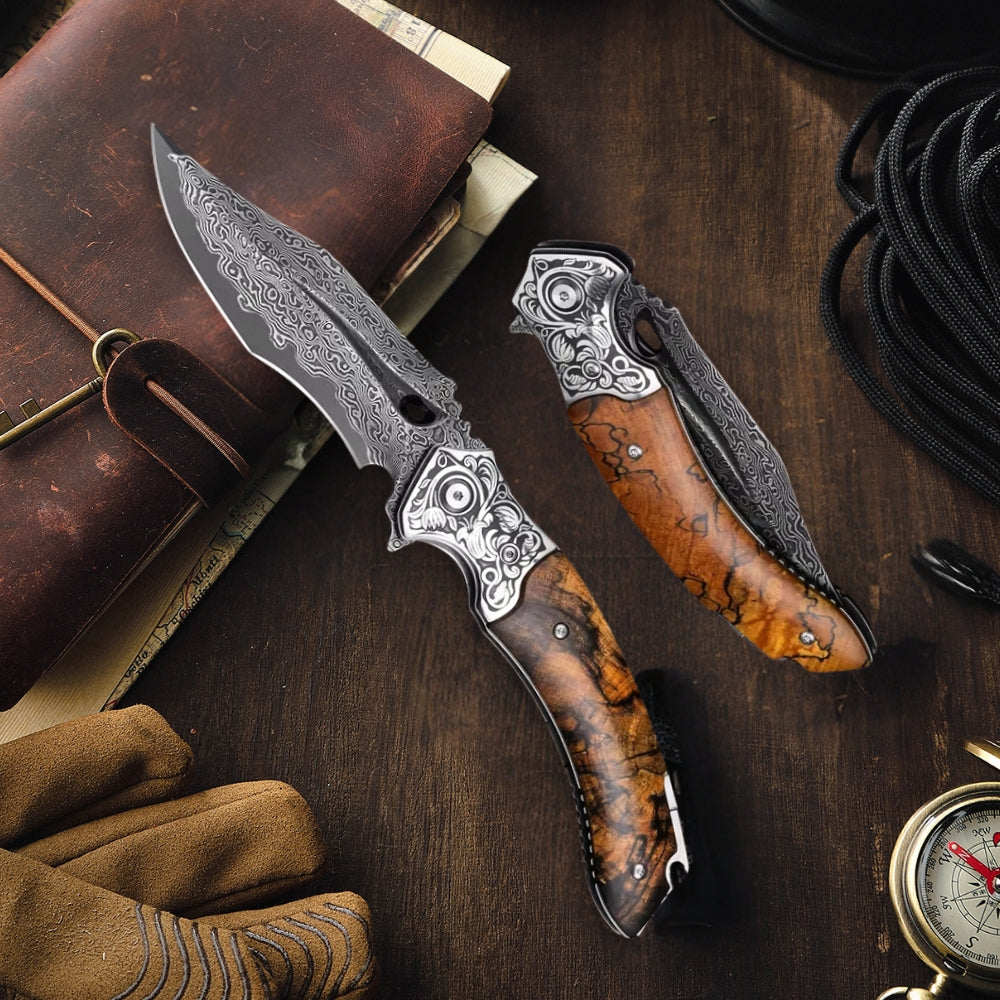
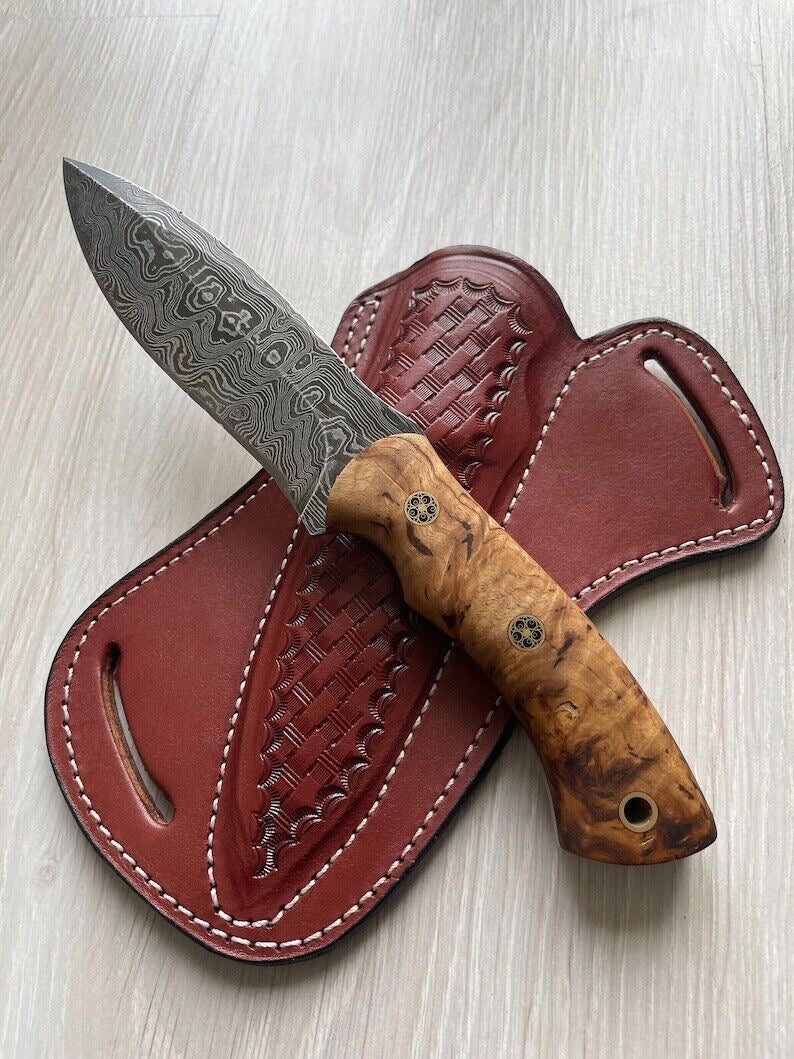
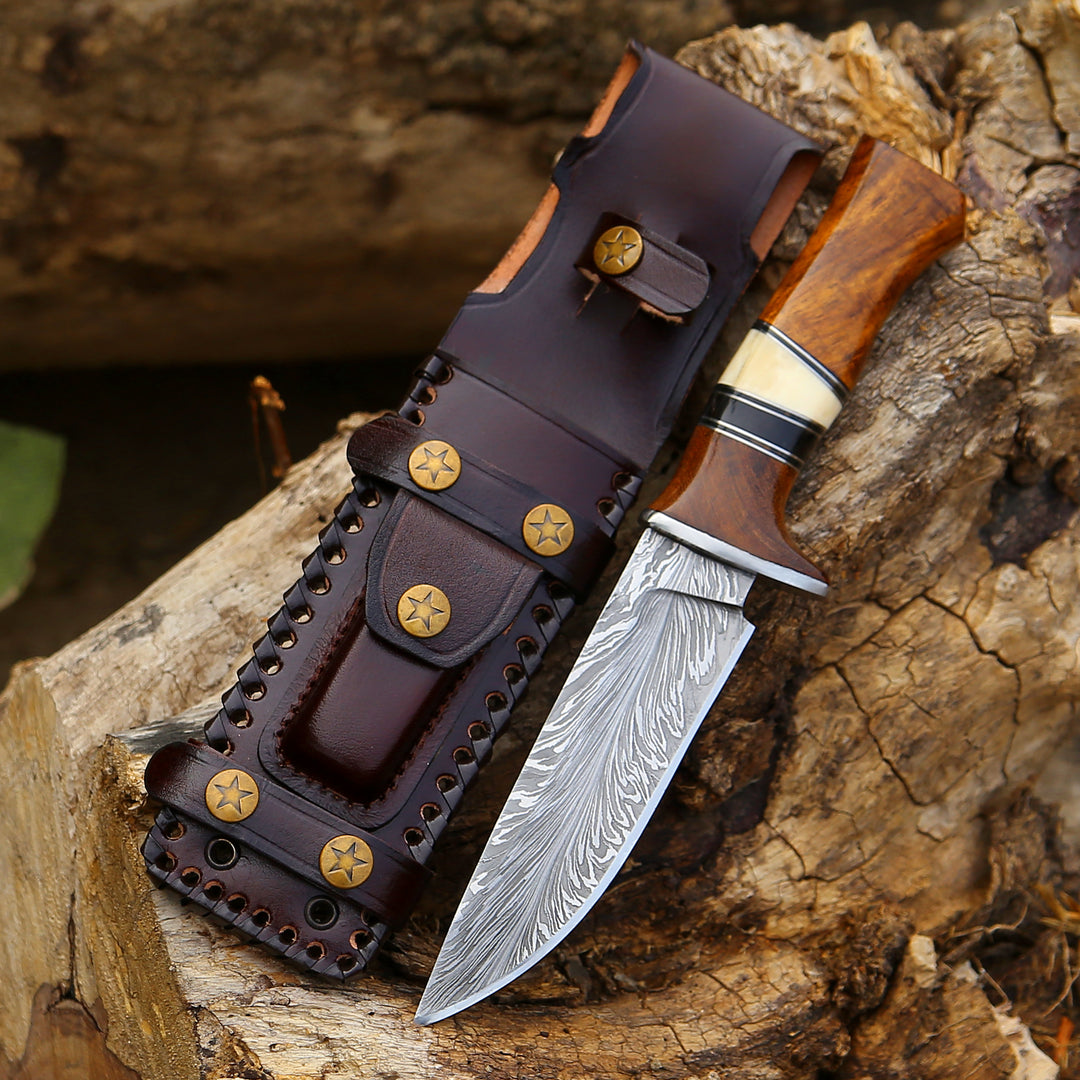

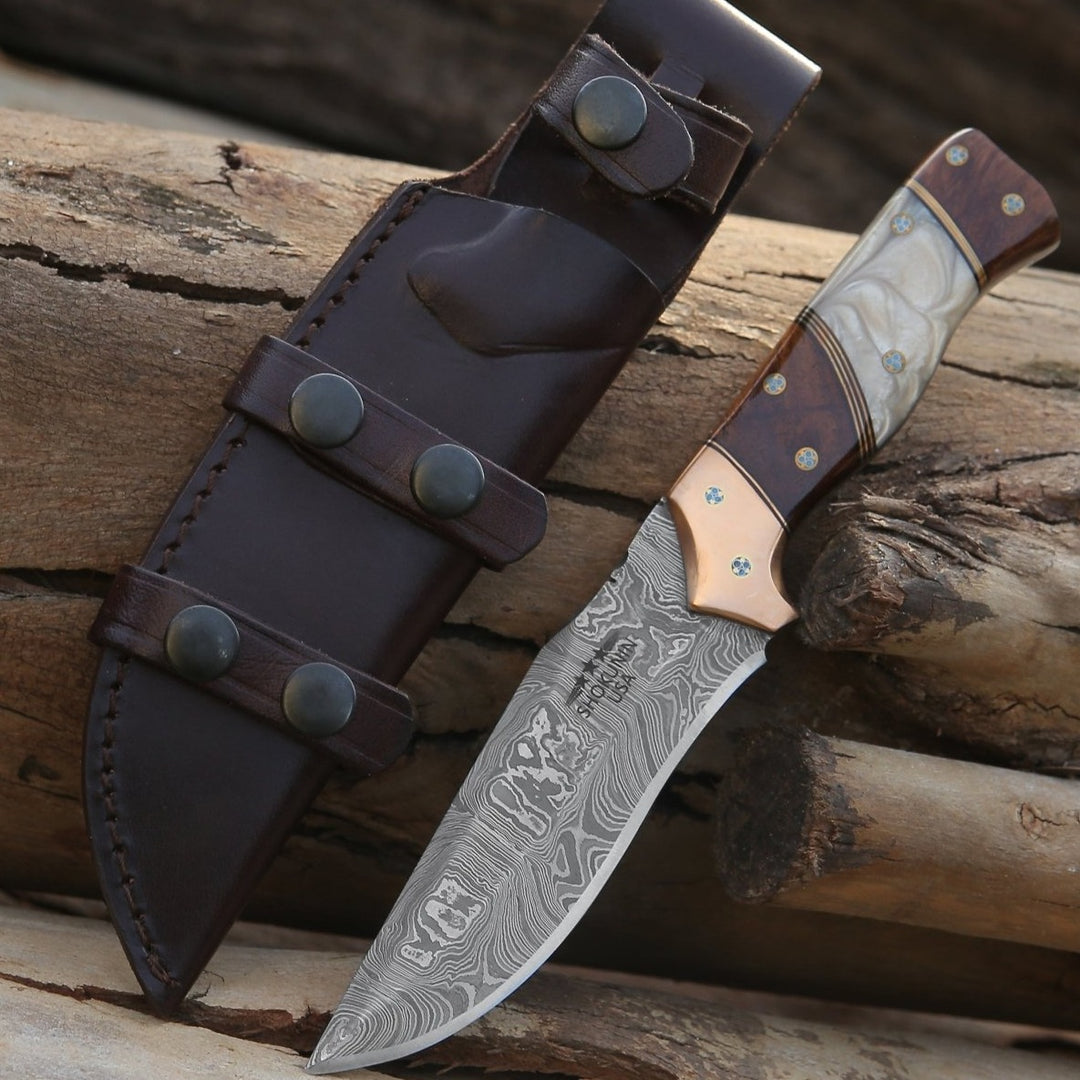
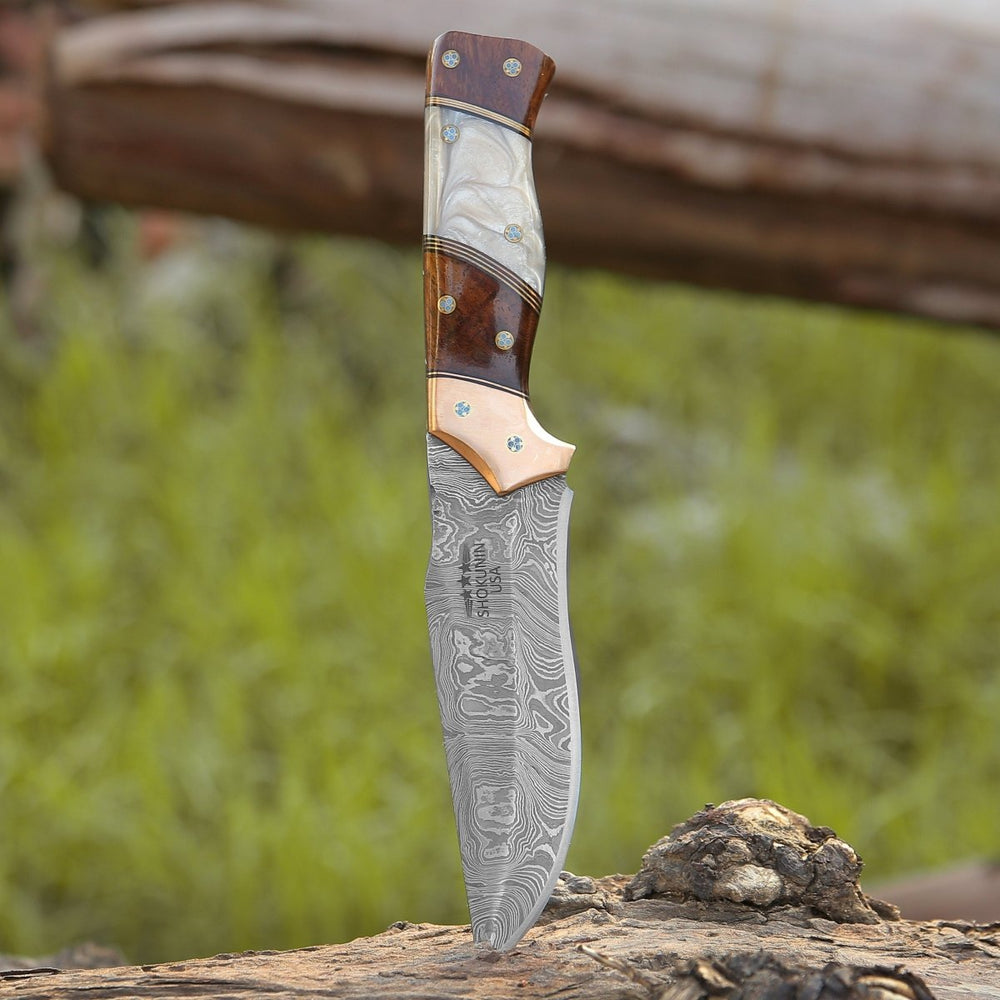

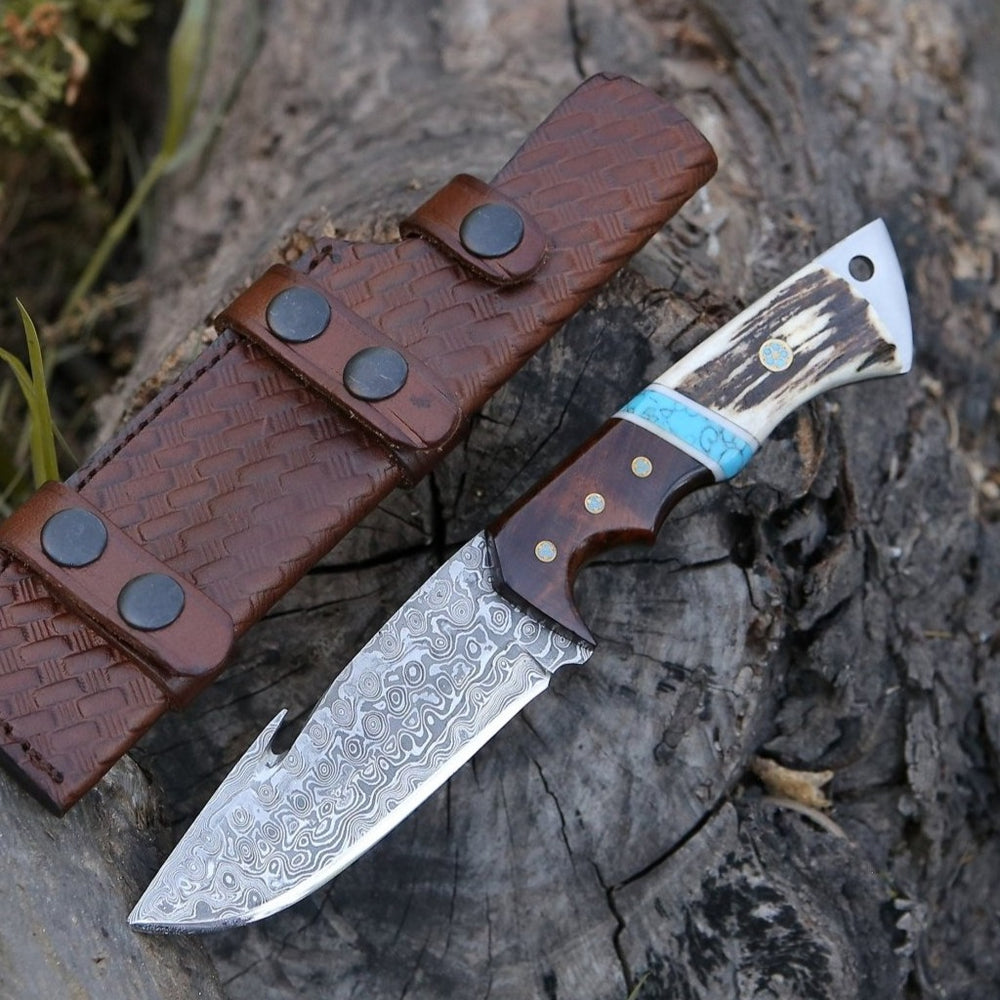
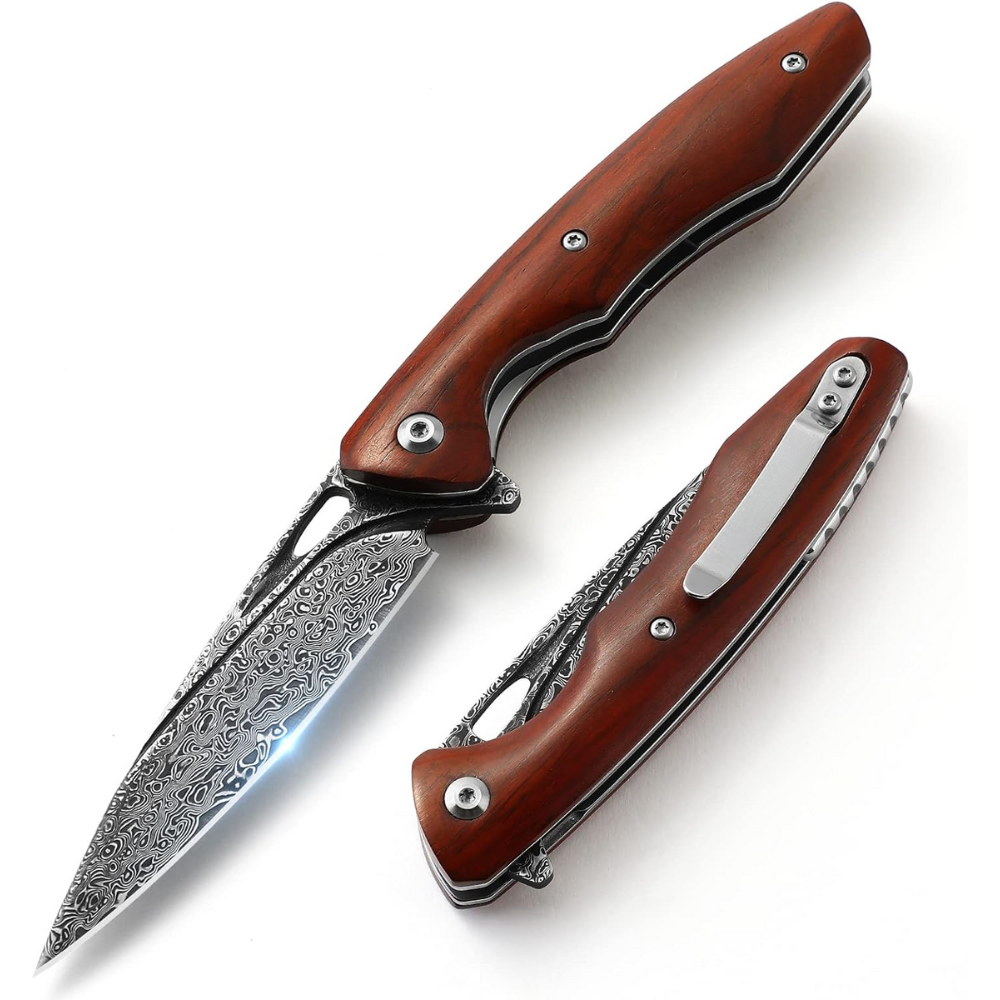
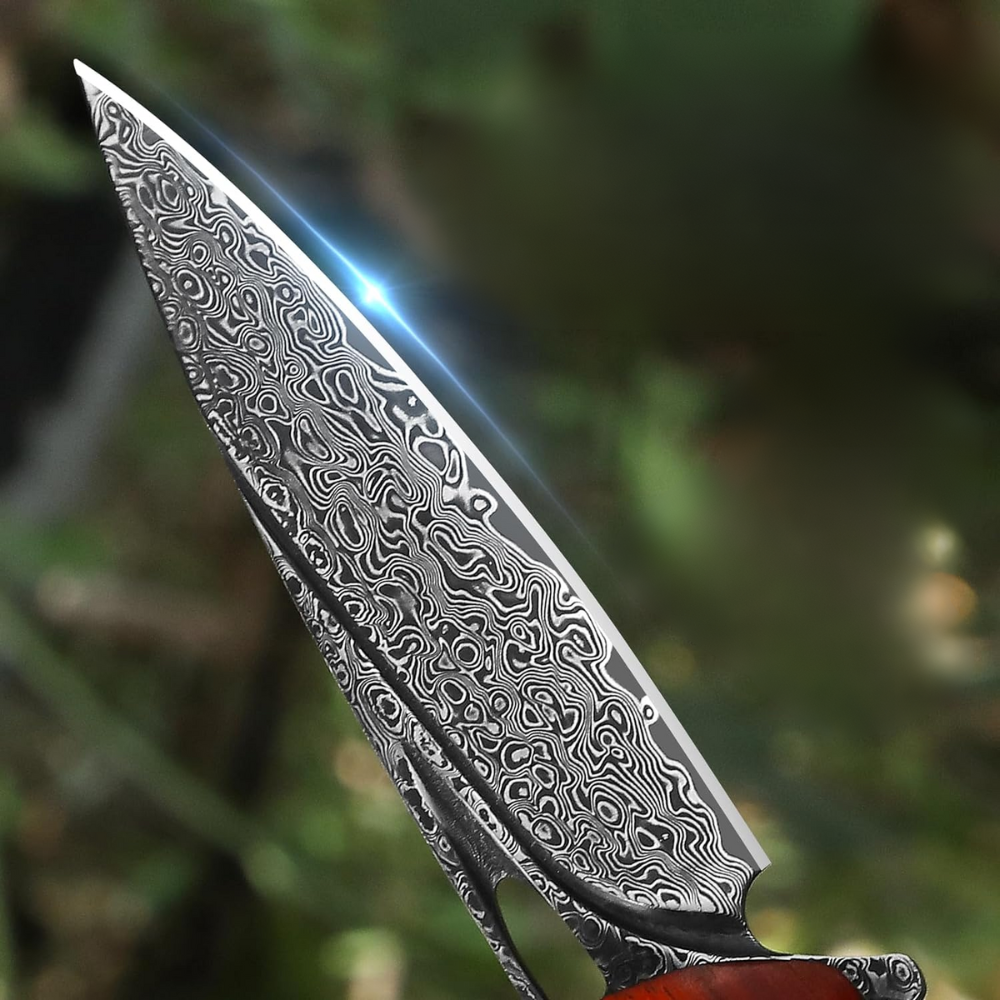
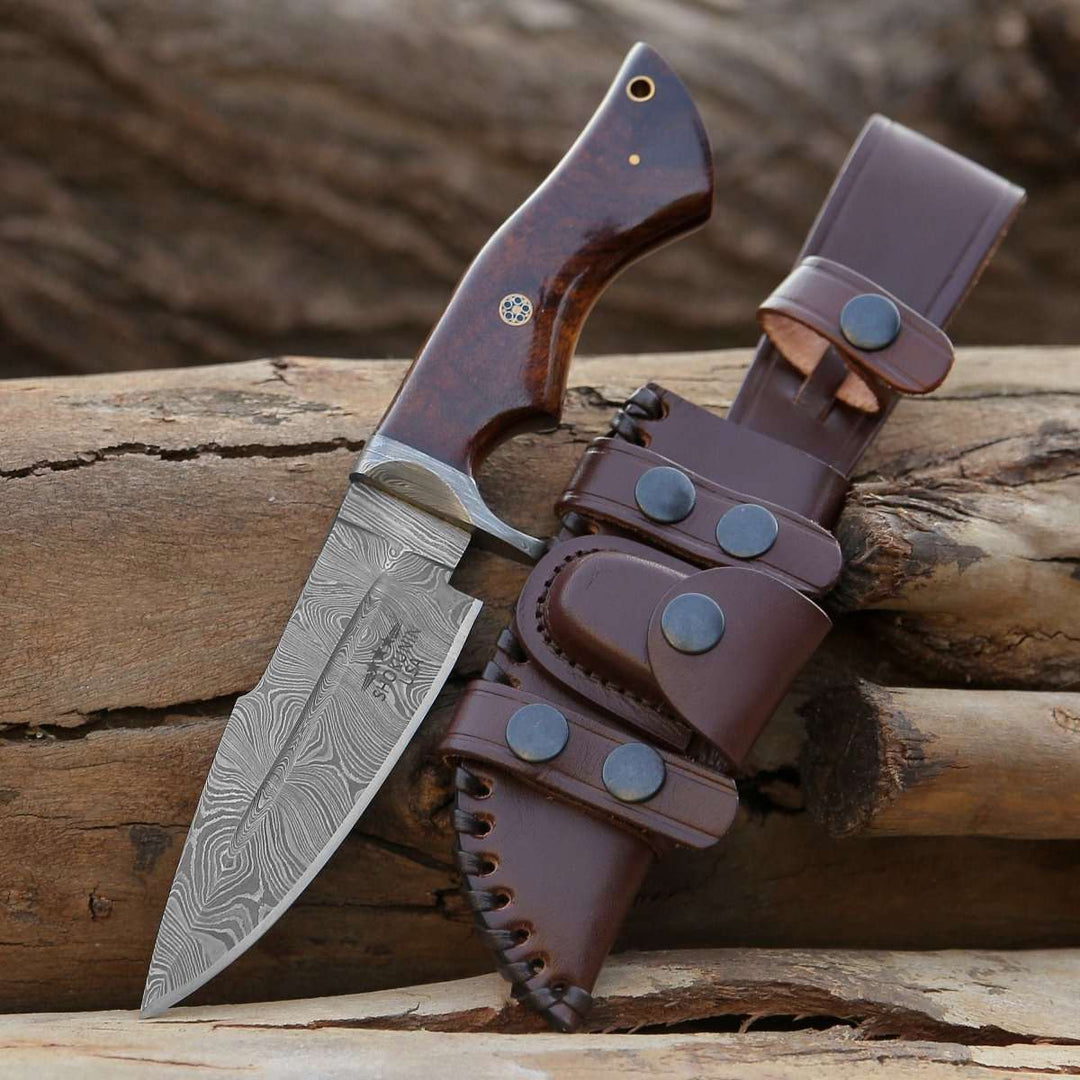
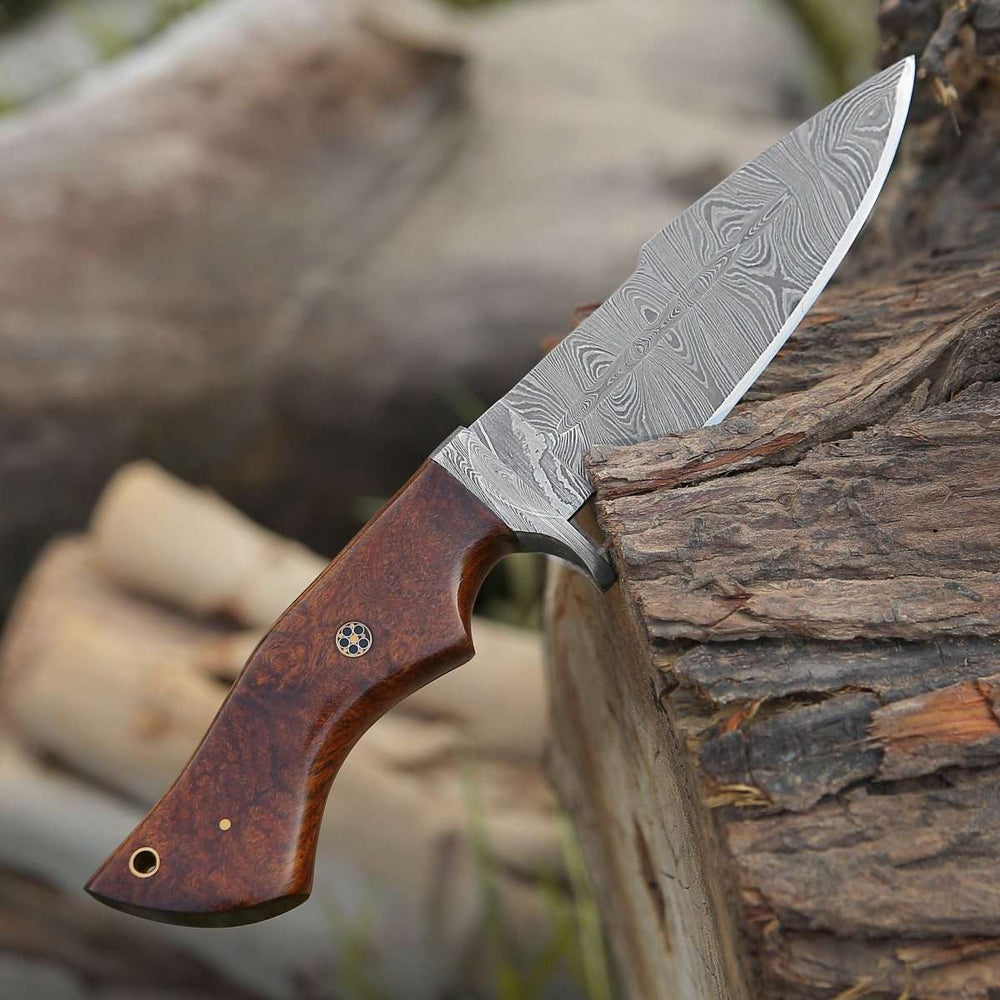
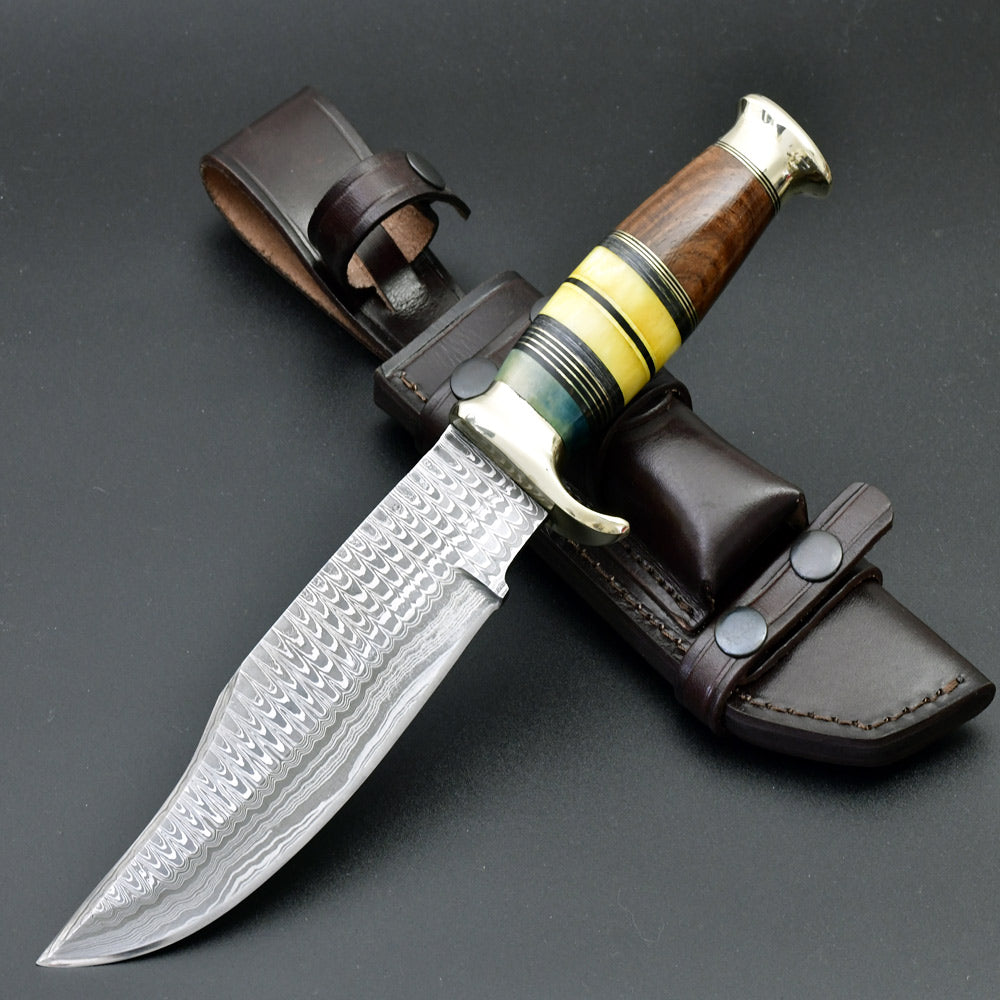
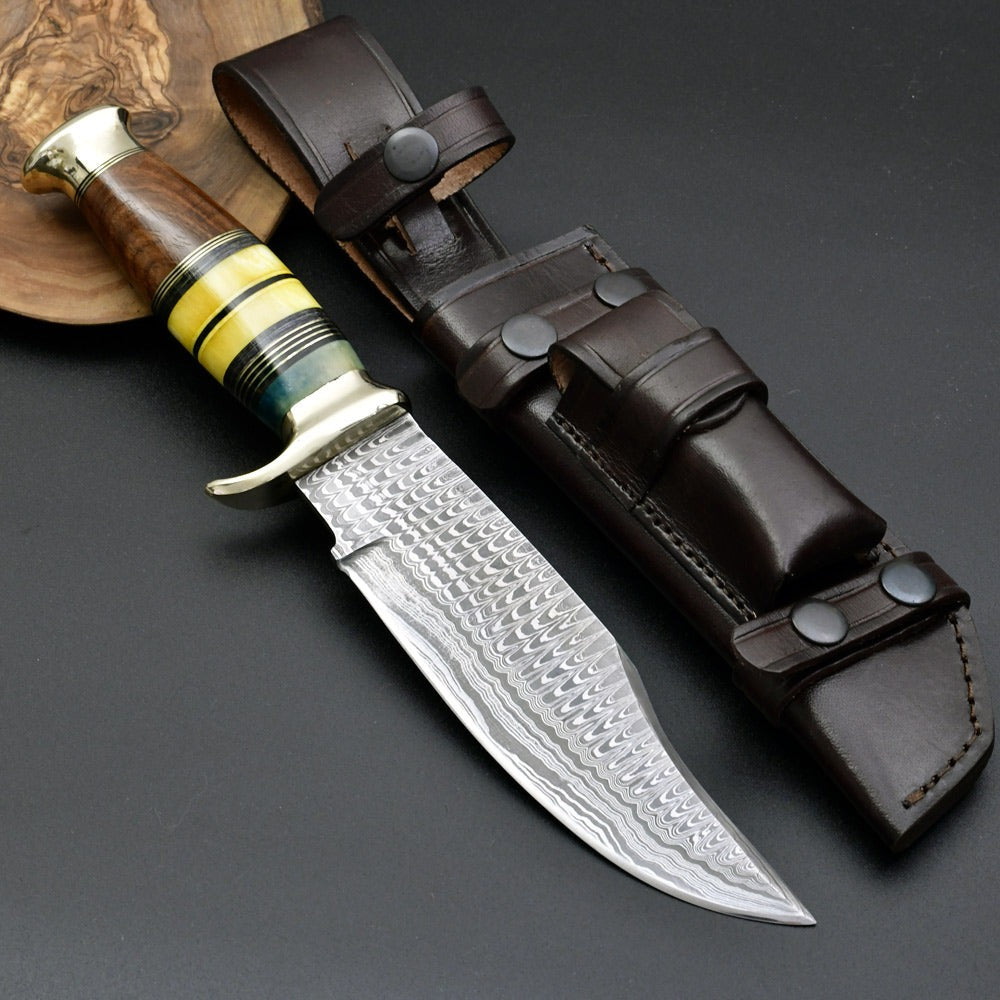
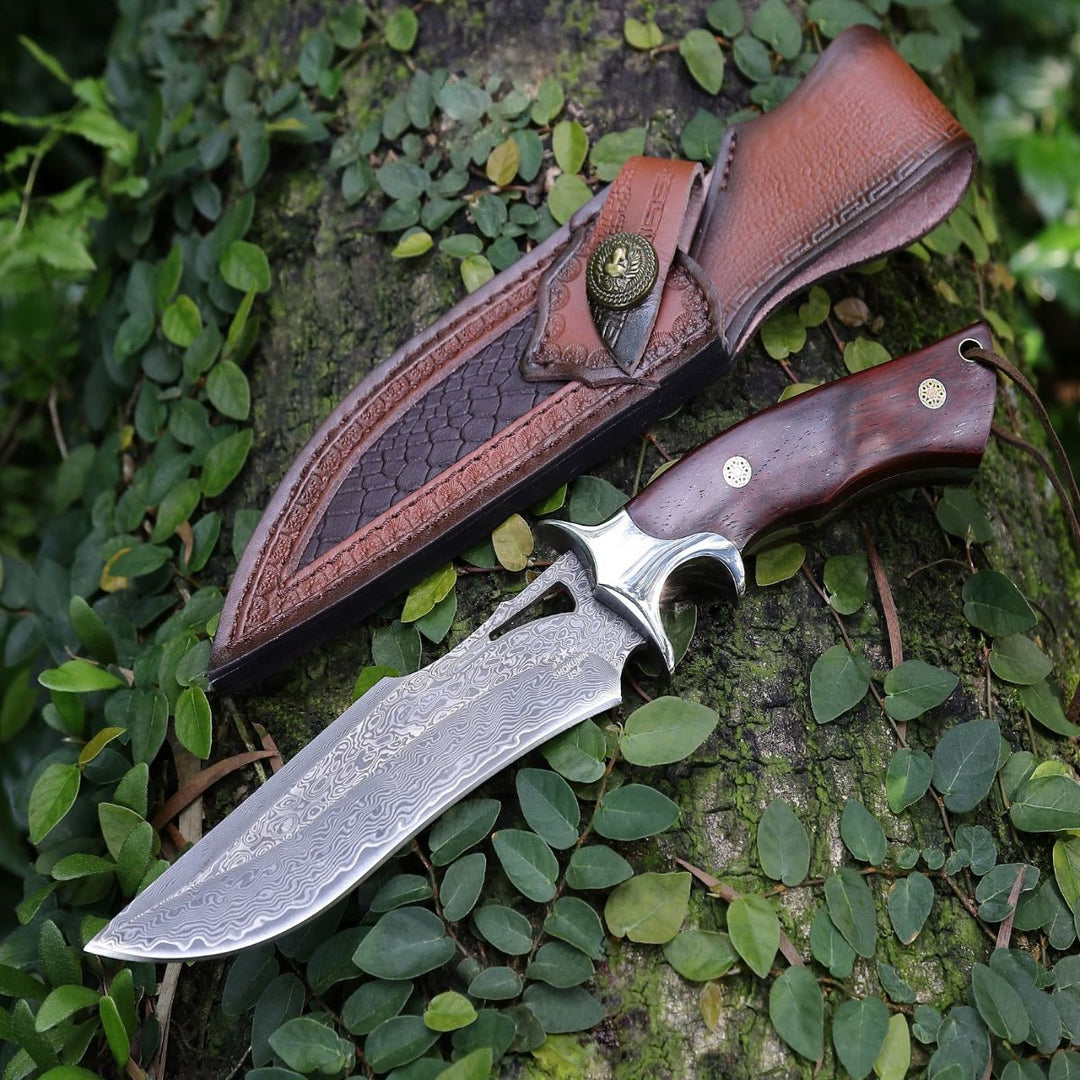
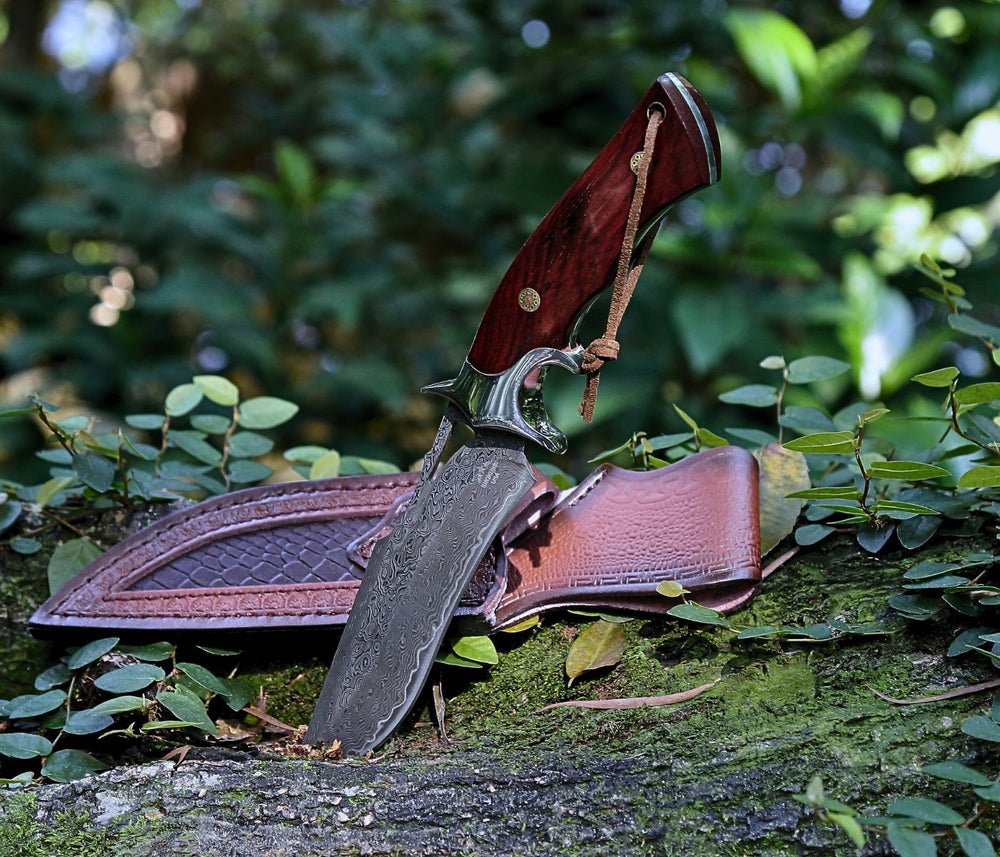
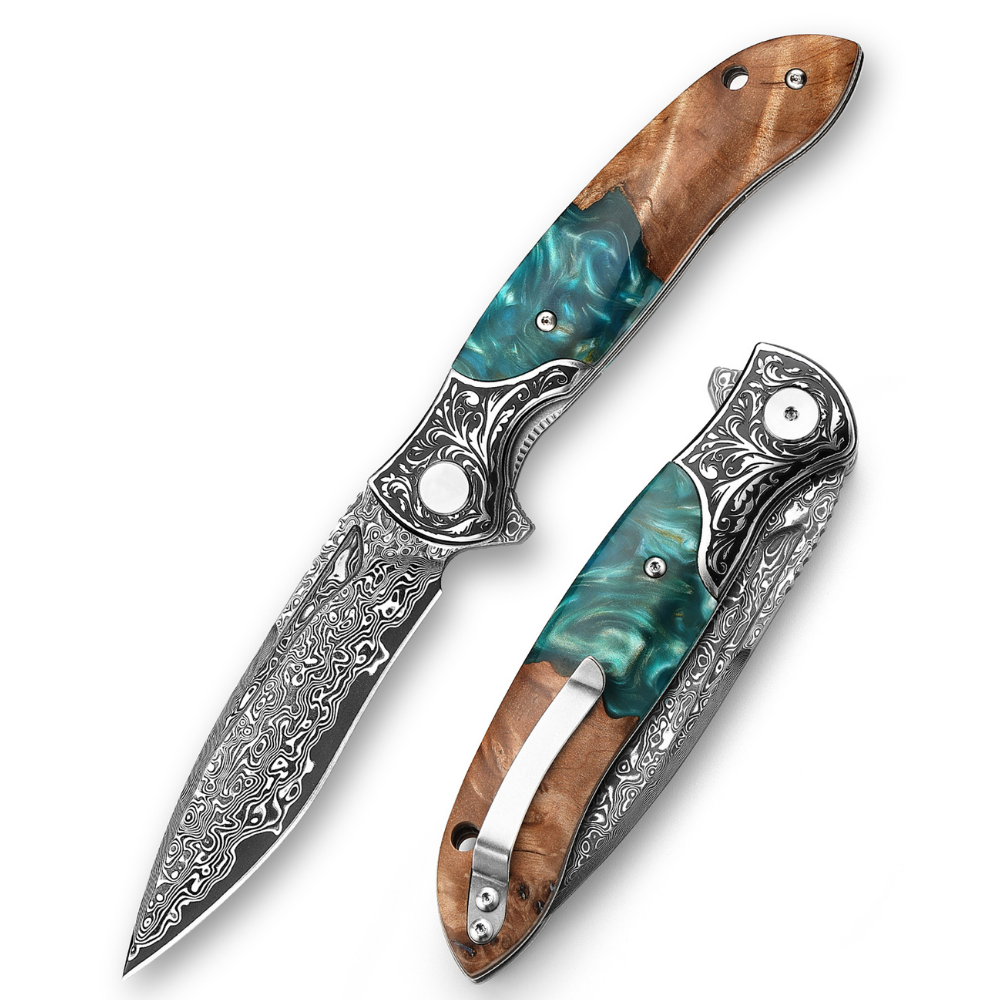

Leave a comment